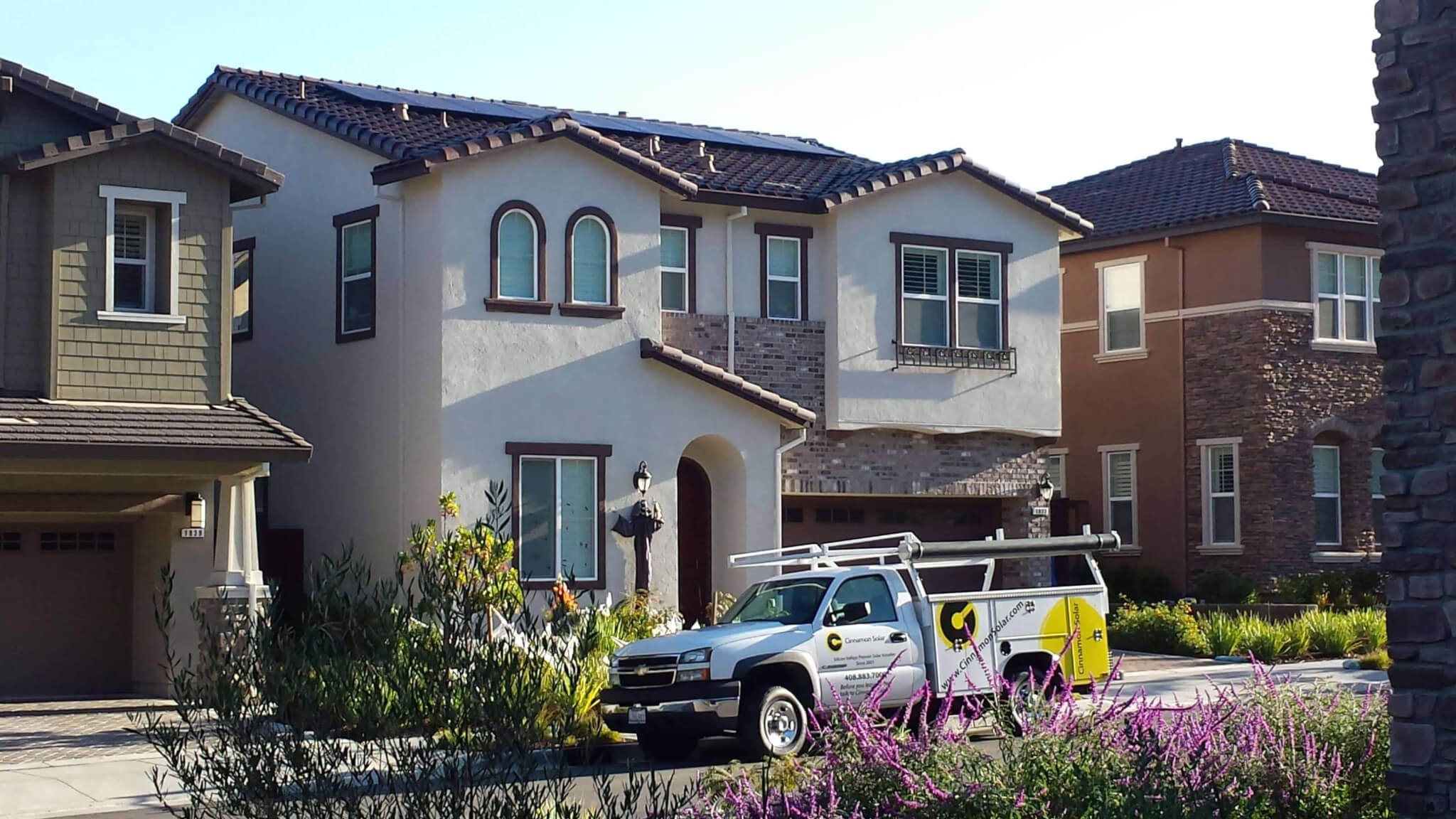It may seem counter-intuitive, but you can have too many solar panels on your roof. With conventional net metering, your utility will not reimburse you at the end of the year if you produce more power than you consume. For example, last year my electric bill was -$46.86. Our roof has a 6kw solar system on it, but because we installed a new thermostat, LEDs and new windows, we generated a net credit with our utility last year. So I’m replacing my LEDs with old-fashioned incandescent light bulbs so I can use more power and get closer to a zero bill this year. The number of panels you need is based on two factors: the available space on your roof and the size of your electric bill.
A good installer will not take advantage of you by installing modules where there is a lot of shade or a poor north-facing orientation on a steep roof. Along the same lines, your installer should analyze your current electric bill and help determine how many solar panels you need to get you close to a zero bill.
Once you know these two boundary conditions – the number of panels that fit on your roof and the number of panels that you need to zero out your bill – you can see what size system fits in with your budget and method of financing. At the same time your installer should step you through the options for different levels of solar panel efficiency, module electronics (optimizers or microinverters), and changes in your future use of electricity (such as an EV or energy conservation measures). For more about determining the optimum size of your solar power system, Listen Up to this week’s episode of The Energy Show on Renewable Energy World.

